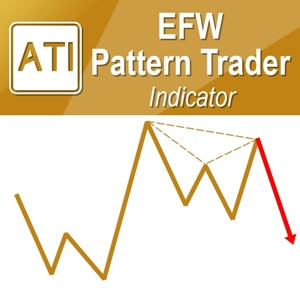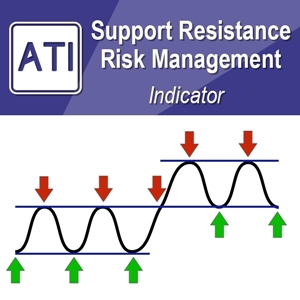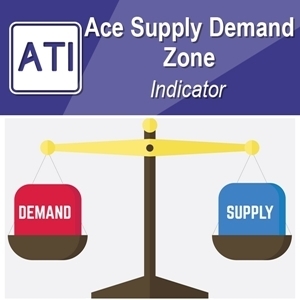Below is the Text Summary From the Full PDF Article:
Overview
Financial market is one of the most interesting topics in science. The fractal nature of the financial market was studied more than decades in both academic and industrial research. Many investment banks and fund management firms spend a considerable amount of time and efforts to reveal the fractal properties of the financial market so they can use such a knowledge for their trading and investment decision. Since fractal geometry in the financial market is complex, we need scientific tools to study the structure and the behaviour of the financial market. If we understand the structure and the behaviour of the financial market, we can create better trading strategies for sure. In this article, we will help you to understand two important fractal based scientific tools including Hurst Exponent and Equilibrium Fractal wave index. We explain these two tools in a simple language for the example of financial trading.
1. Fractal Nature in the Financial Market
The term fractal was used for the first time by Benoit Mandelbrot (20 November 1924 – 14 October 2010). This is how he defined fractals: “Fractals are objects, whether mathematical, created by nature or by man, that are called irregular, rough, porous or fragmented and which possess these properties at any scale. That is to say they have the same shape, whether seen from close or from far.” This is a general description of the fractals from the father of fractals. At the most plain language, the fractal is the repeating geometry. For example, in Figure 1-1, a triangle is keep repeating to form larger triangles. How big or small we zoom out or zoom in, we can only see the identical triangle everywhere. When the pattern or structure is composed of regular shape as shown in Figure 1-1, we call such a pattern as the strict self-similarity.
Figure 1-1: Example fractal geometry with strict self-similarity.
Fractal geometry can be found in nature including trees, leaves, mountain edges, coastline, etc. The financial market has also strong fractal nature in it. Since the price of financial instruments is drawn in time and price space, the fractal in the financial market comes in waveform over the time. However, we are not talking about the typical cyclic wave as in the sine or cosine wave, which can be defined with a definite cycle period. In the financial market, we are talking about the repeating geometry or patterns over the time without definite cycle period. Another important fractal characteristic of the financial market is a loose self-similarity in contrast to the strict self-similarity in Figure 1-1. Loose self-similarity means that the financial market is composed of slightly different variation of the regular shape (Figure 1-2). Therefore, to understand the financial market, we need some tools to visualize its structure. If we understand the fractal nature of the financial market, we can definitely improve our trading performance. Many investment banks and fund management firms do spend considerable amount of efforts and time to reveal the fractal properties of the financial market. They use such a knowledge for their trading and investment decision. From the next chapter, we introduce few important scientific tools to reveal the market structure and behaviour of the financial market for your trading.
Figure 1-2: Loose self-similarity of the financial market.
2. Hurst Exponent for Financial Trading
The name “Hurst exponent” or “Hurst coefficient” was derived from Harold Edwin Hurst (1880-1978), the British hydrologist. Among the scientists, Hurst exponent is typically used to measure the predictability of time series. In fact, Hurst exponent is theoretically tied to the Fractal dimension index coined by Mandelbrot in 1975. Therefore, when we explain Hurst exponent, we can not avoid to mention about the Fractal Dimension index. The relationship between Hurst exponent and Fractal dimension index is like this:
Fractal dimension index (D) = 2 – Hurst exponent (H).




